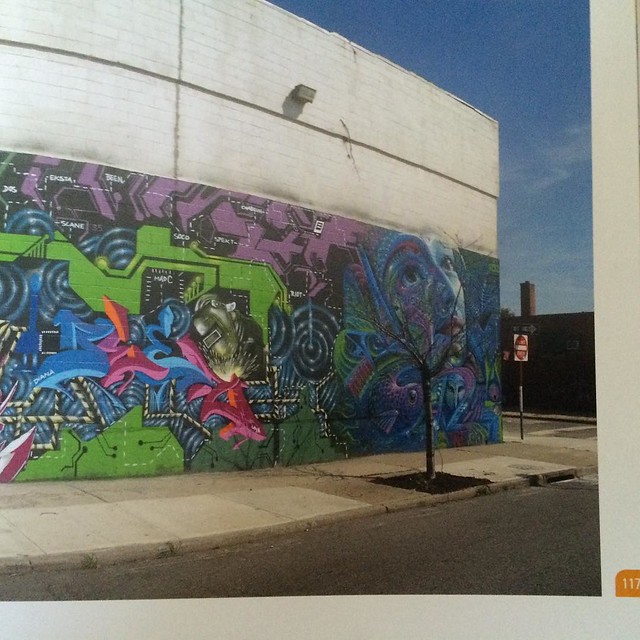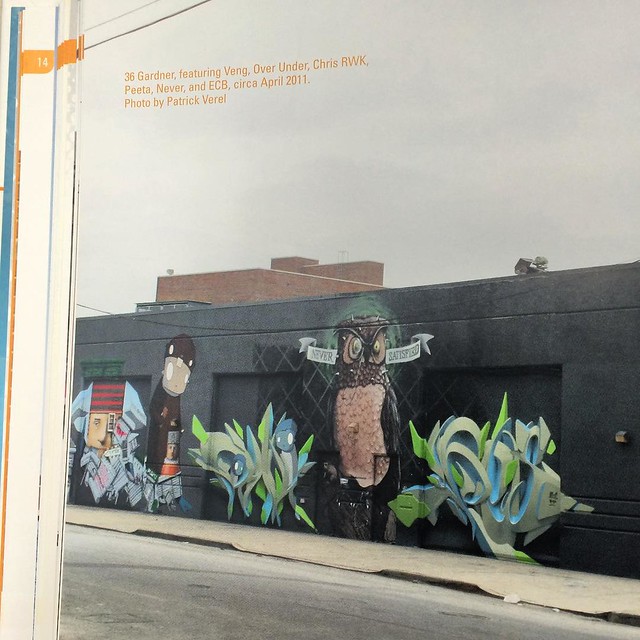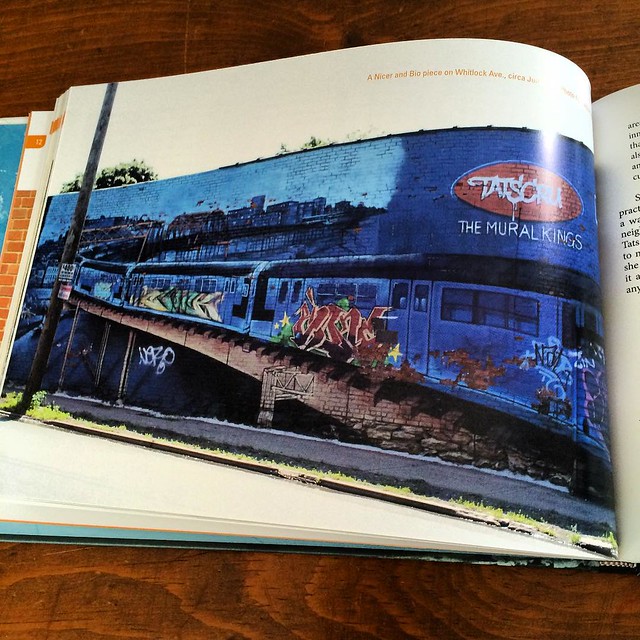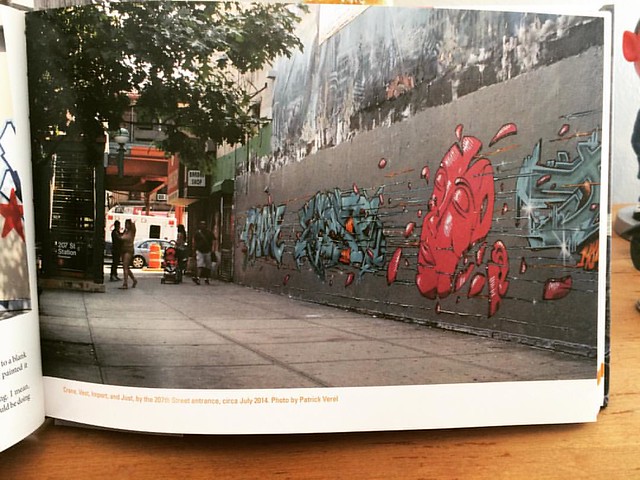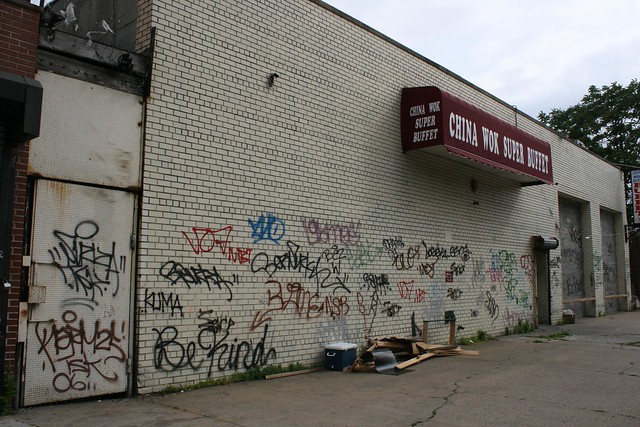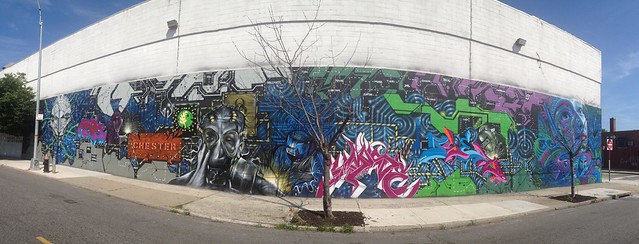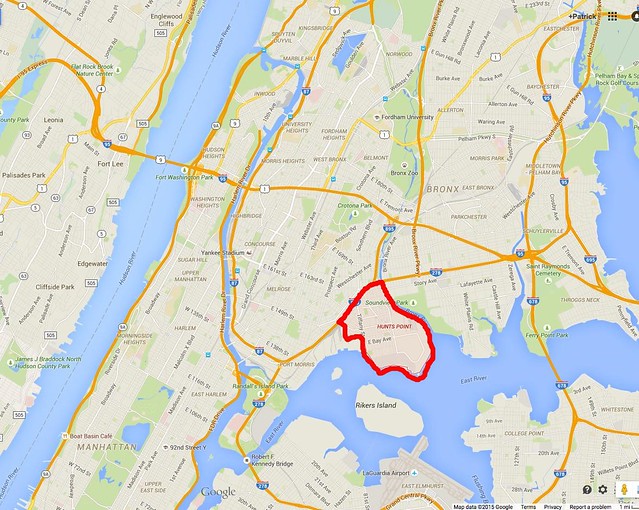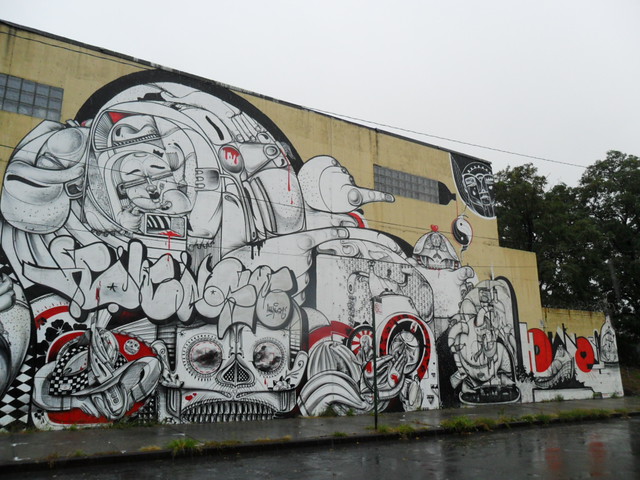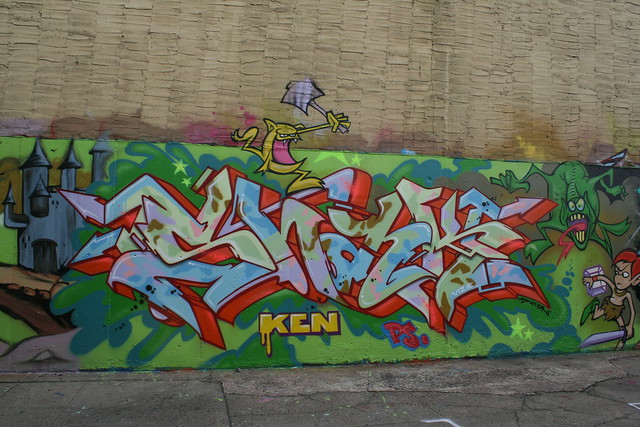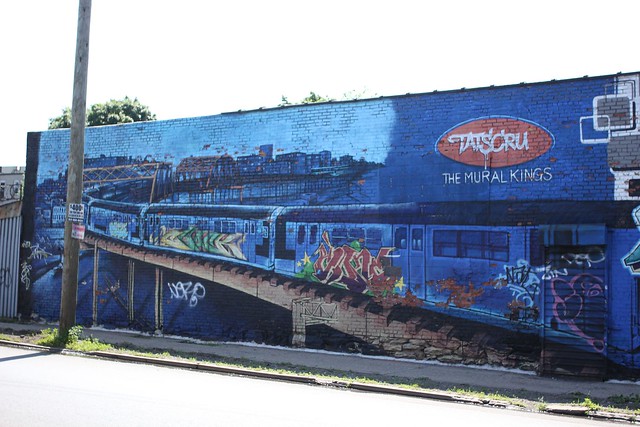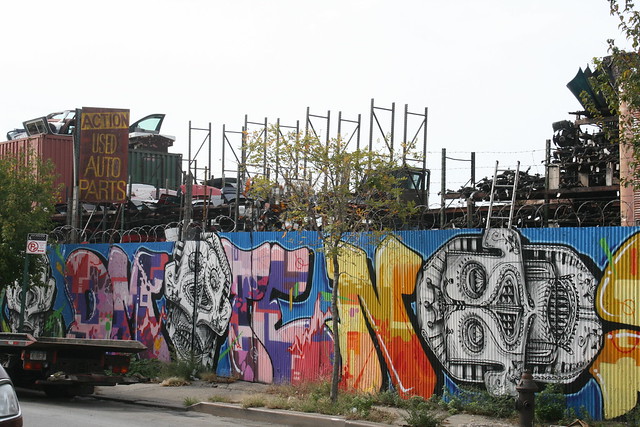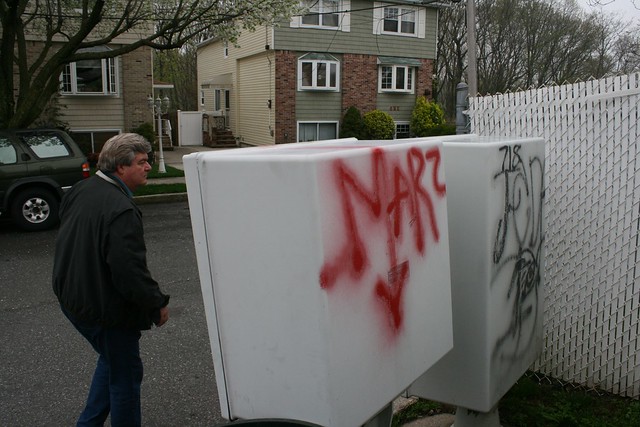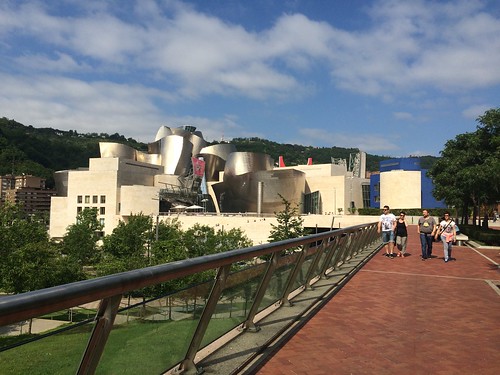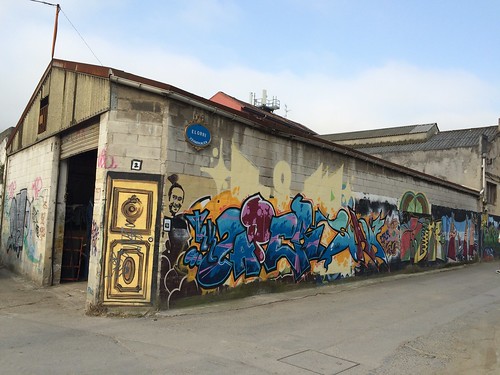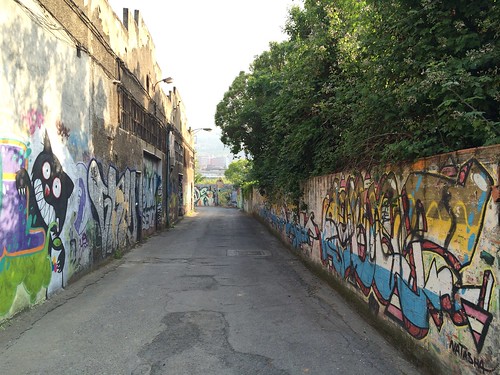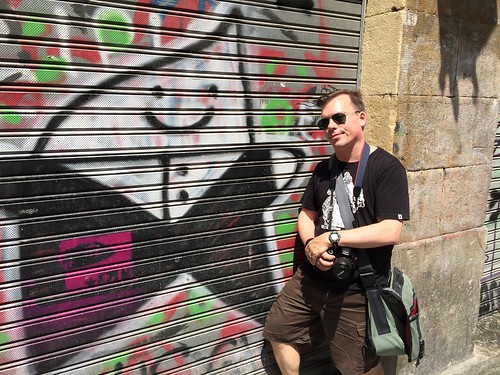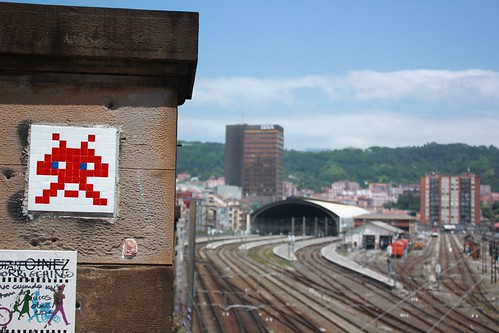So my dad
died this morning. He was 72, which sometimes seems like it might be old, but
really isn’t when you consider all of the amazing things he would have
accomplished had he been given at least another 5 to 10 years on this green
earth.
For
starters, he would have celebrated his fifth decade married to his soul mate,
my mother, at a party in June with 50 or so of his friends and family. He would
have joined me at Yankee Stadium, where we’d been going at least once a year,
as my gift for his birthday. He would have constructed another crossword puzzle
for his oldest granddaughter, Eliza. He would have reveled in the delight on
the faces of his grandsons Isaac and Henry as they rode on the Essex Steam
train, a trip that had not yet been planned but was definitely going to happen.
He would have delighted in the hours and days he’d been spending helping to care for his youngest grandchild, two year-old Amelia. He would have finally enjoyed a full retirement, after working for the last several years for the Analytics Brigade, a firm he founded as part of his never-ending ability to transform from one career to another. He might have even continued to serve, as he did off and on for the last three decades, for his community, most recently for the Norwalk Planning and Zoning commission.
He would have delighted in the hours and days he’d been spending helping to care for his youngest grandchild, two year-old Amelia. He would have finally enjoyed a full retirement, after working for the last several years for the Analytics Brigade, a firm he founded as part of his never-ending ability to transform from one career to another. He might have even continued to serve, as he did off and on for the last three decades, for his community, most recently for the Norwalk Planning and Zoning commission.
I could go
on and on, but let’s face it, dwelling on the “what could have beens” is a
recipe for grief and sadness, and I’ve already got more of that than I know
what to do with right now. And in the larger picture, his lost opportunities
make him less, not more unique in the world right now. As I write this, hundreds
of thousands of future plans are being snuffed out.
John
Patrick Verel, a native of Buffalo, New York was:
-A
stellar husband.
He and
Mary Pache met in high school, married on June 13, 1970, and were inseparable
from then until March 19, the day he entered the Norwalk Hospital with a high
fever. They had their rocky patches, as any marriage that spans five decades
might, but by the time I came to the conclusion, in 2010, that I should also
join into matrimony with one Kelly Williams, it was clear that I had no better
role model for how to be a husband than my father. And yes, I still tell
stories about how my siblings and I once stared, slack-jawed at mom and dad as
they argued at the dinner table over the proper way to cut off a slab of
butter. Mom and dad were the very definition of ying and yang, in both their
temperaments and their interests. But they adored each other and drew strength
from each other. I will carry that vision of love with me for as long as I
breath.
-A
doting father.
As with
marriage, I learned to appreciate him, and the sacrifices he made for the three
of us, so much more once Kelly and I welcomed Eliza and Henry into this world.
He commuted into Manhattan every day before we woke up in the morning, and only
returned in the evening in time to have dinner with us. Like many suburbanites,
he was the sole bread winner, and, in many ways, primarily a weekend dad. He
confessed to me recently that, now that he’d been able to witness the growth of
his grandchildren, he regretted in some ways that he’d missed many of our own
milestones.
It wasn’t quite Harry Chapin reciting Cat’s in the cradle,” but it was there. I thank the maker that we had that conversation, because I was able to tell him that he had nothing to apologize for. I do not pretend to speak for Amy and Dan, but I never felt like we were deprived. We ran races together, we skied together, we went to Yankee games together, we sailed together, and when I barely graduated from high school and then foundered for the first two years of college, he accompanied me to St. John’s University, to convince them to let me transfer into its journalism program, where I finally
found my stride.
It wasn’t quite Harry Chapin reciting Cat’s in the cradle,” but it was there. I thank the maker that we had that conversation, because I was able to tell him that he had nothing to apologize for. I do not pretend to speak for Amy and Dan, but I never felt like we were deprived. We ran races together, we skied together, we went to Yankee games together, we sailed together, and when I barely graduated from high school and then foundered for the first two years of college, he accompanied me to St. John’s University, to convince them to let me transfer into its journalism program, where I finally
Mind you,
it’s fair to say that he didn’t have his own mentor to show him the way. Dad’s
own father, Alfonse Verel, died accidentally when my father was 21. Through no fault of his own, his father could never be there for
him and his sisters the way my dad’s been there for me, Amy and Dan when we’ve
inevitably hit our own roadblocks.
In the
last week, my mind has played backward like a slide show that’s been thrown up
in the air, trying to pick up slides with moments that stick out. Dad and me
standing at the top of Castle Rock Mountain, trying to figure out the best way
to get down the mountain, dad asking me to hang off the mast of our sailboat
Cufuffle to tilt it enough to get it off a sand bar near Shelter Island, dad
letting us choose which Billy Joel tape to play on the eight hour ride to
Buffalo, and on, and on and on…. I am far from a perfect father, but what I do
well, I do well because of the lessons I learned from him and my mother.
-A
hustler
My parents
moved to New York City from Buffalo so my dad could to work on Wall Street, and
he did, first from Staten Island, where his new boss thought for some reason it
would be similar to Buffalo (It wasn’t). He did that for a time, in insurance, as
well as investment banking.
He bounced around a lot from job to job, but he never went long without picking up something else to hang up his hat. In 2005, he left Wall Street altogether, got a master’s degree in computer science from Pace University, and at age 57, embarked on a completely new career. In 2017, when most people his age are pondering the prospect of sipping margaritas at retirement communities in Florida, he co-founded Analytics Brigade, a company that organizes manages and governs data, and business intelligence.
He bounced around a lot from job to job, but he never went long without picking up something else to hang up his hat. In 2005, he left Wall Street altogether, got a master’s degree in computer science from Pace University, and at age 57, embarked on a completely new career. In 2017, when most people his age are pondering the prospect of sipping margaritas at retirement communities in Florida, he co-founded Analytics Brigade, a company that organizes manages and governs data, and business intelligence.
When I was a child, my teacher once asked the class to tell
everyone what their daddy did for a living. I apparently answered: “My daddy
shuffles papers.” And while it’s true that I rarely understood what he did (he
had a head for math, I do not), I knew that whatever he did, he did it well.
Even though he worked in a very volatile industry, he rarely went for very long
stretches without work.
-A man who remembered his roots
Although mom and dad were drawn to the bright lights of the Big Apple, they never forgot where they came from. Verel Avenue, after all, is
located in Lackawanna, New York, not Fairfield County, and recently, dad
eagerly shared with us passages of the book Italians of Lackawanna, that detailed
his families’ history. (Verel was originally Verrelli) He also maintained a rock-solid
bond with his sisters Gene, Patricia and Maria, as well as the rest of his
extended clan in Western New York.
-A gifted musician
We grew up
listening to the likes of Billy Joel, Dire Straits, and Level 42, but dad soon
segued into classical music. We all took piano lessons across the river in
Darien, but he was the only one who got so good that he reached a point where he’d
need to quit his job if he wanted to continue any further. Instead, he embraced
singing, most prominently with the New York Grand Opera. His 2001 performance,
in the chorus of the company’s production celebrating the 100th anniversary ofthe death of Giuseppe Verdi, at Carnegie Hall, was awe
inspiring. He continued to sing through the years, as a cantor at St. Joseph’s
Church in South Norwalk, and in choirs at St. John’s Church in Darien and St.
Paul’s Church in Norwalk.
-A
terrific athlete
My dad
once ran the New York marathon in 3:29:22, which I only really came to
appreciate once I did it myself in 2001, and finishing roughly 25 seconds behind him (go
figure). He ran regularly with a group of runners called the Westport Athletic
Club, and it was through a friend of his that I learned about the Leatherman’s Loop, an extreme cross country 10k race that I ran half a dozen times, and where
I discovered pure joy within the trees, hills, mud and trails. I ran my first
race, in 1984, after watching him lace up for the 2.2-mile-long Rowayton Fun
Run. I think I ran it in 25 minutes. Even now, several years removed from any
sort of racing, I still turn to running as a balm for my soul. How I treasure
that now.
Skiing was
also a passion of his, and he made a point to gather his clan together in the
hills of Vermont as often as possible. Ever the analytical, logic-driven mind,
he would perch on the precipice of a double diamond trail, ideally at either
Sugar Bush or Mad River Glen’s Castle Rock mountain, and plot his course down
the slope, like a mathematician mapping out an equation on graph paper. My
technique has always been more willy, nilly, white knuckle to the bottom, but I
treasured the few years when our abilities overlapped, the weather cooperated,
and the timing was just right.
A committed citizen
One of my
earliest memories is of attending a political fundraiser for some sort of
function affiliated with the Democratic party of Norwalk. I might have been
four or five, and there was a live auction. When the MC asked “Do I hear $300?”
I yelled out “Three hundred!” Everyone roared with laughter, and I, of course,
thought they were laughing at me, not with me. Only very later in life did I
understand why we were there in the first place. Mom and dad, it turned out,
have always wanted to make the world a better place.
Dad did that in many capacities: Head of the Rowayton Civic Association, treasurer of Norwalk’s; Sixth Taxing District (AKA Rowayton), and most recently, positions on the City of Norwalk’s Conservation Commission. I have no idea why he did these things; we never talked about them. They were just things that needed to be done. In this regard, he was no different from my mother; she currently devotes a good deal of her free time to her church and the Norwalk Land Trust.
Dad did that in many capacities: Head of the Rowayton Civic Association, treasurer of Norwalk’s; Sixth Taxing District (AKA Rowayton), and most recently, positions on the City of Norwalk’s Conservation Commission. I have no idea why he did these things; we never talked about them. They were just things that needed to be done. In this regard, he was no different from my mother; she currently devotes a good deal of her free time to her church and the Norwalk Land Trust.
When you
get to the 1,600-word mark, it’s usually a good time to pack it in. But really,
there are so many more things to say. Because dad was such a restless force of
creativity and energy, his interests really spanned the gamut. I could go on
and on about some of the hobbies he dabbled in, be they sailing (we had three
boats-a 20-foot sailboat called Red Herring, a 33-foot sailboat called Cuffuffle,
and an un-named wood skiff), or the dark room he built in our garage but never
finished, but it’s perhaps more apropos to focus on his most recent interest, crossword
puzzles.
After decades of working on the New York Times crossword puzzle on the
train ride to his beloved Grand Central Terminal, he officially became a cruciverbalist
in 2013 when a puzzle that he created with partner Jeff Chen appeared in the
Los Angeles Times. Always smitten with his grandchildren, in January, he sent
unsolicited, a custom-made puzzle to our seven-year-old daughter Eliza, his
oldest grandchild. She got most of it right, and we were looking forward to
getting another puzzle from “Pop Pop Verel.” They had also begun corresponding
as “pen pals,” via snail mail.
I have a masters degree in urban studies and yet I’m ashamed
to admit I’ve never finished The Power Broker, Robert Caro’s gigantic tome
about Robert Moses’ influence on New York City. When I finally decided in
January that, as a New Yorker, I needed to read all 1,336 pages, I didn’t have
to turn far. I grabbed my dad’s battered paper back copy. I’m about two thirds
of the way done, and I’m not surprised that dad actually finished the whole
thing. It’s fascinating, challenging, and wholly committed to revealing the
truths of a complex organism, in this case New York City, whose orbit this
Buffalo boy spend the bulk of his life orbiting.
I feel like I’m not worthy to walk in the footprints you’ve
left behind, dad. I will try to anyway, as best I can.
Love,
Patrick


























